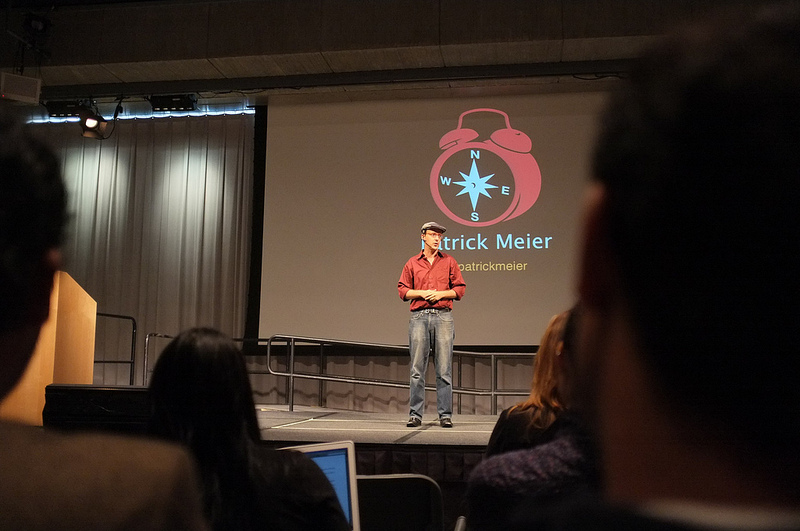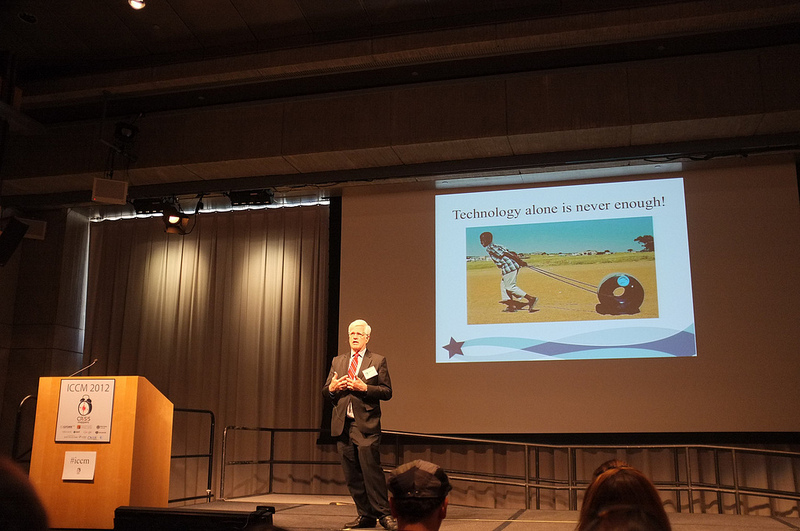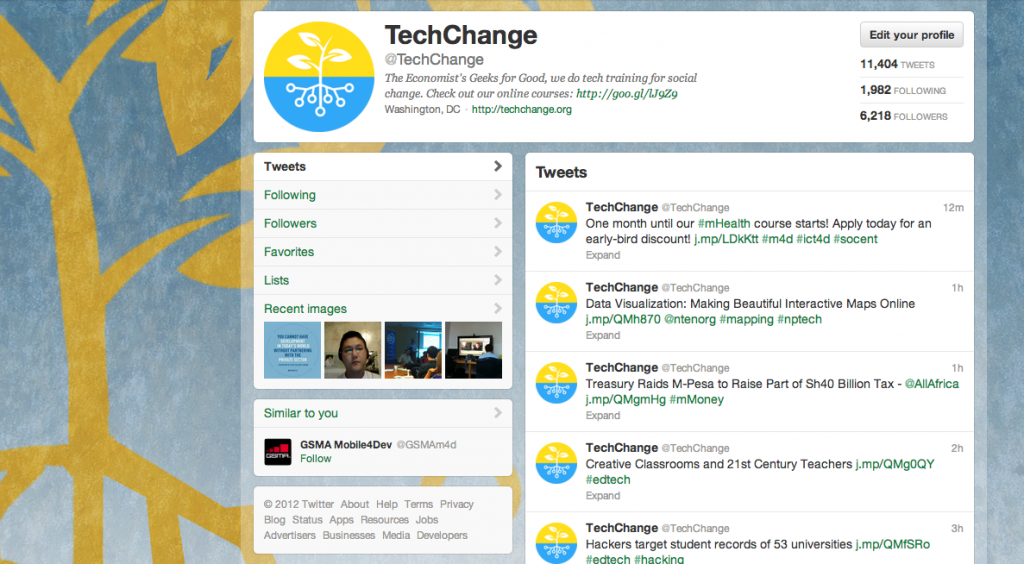This piece has been crossposted from Health Unbound. If you’re interested in learning more, please visit our course page on mHealth: Mobile Phones for Public Health.
On November 14th the Mobile Phones for Global Health Online Certificate course officially kicks off and as we head into the final countdown we are offering a special preview of what participants can expect from the four-week course!
With 75 feedback surveys completed (thank you to all those who participated) we identified some of the most well-known thought leaders in the field speaking throughout the course. Students will have the opportunity to engage directly with leading applications developers, and learn from practitioners who have had significant experience in implementing mobile phone based communication systems around the globe. The agenda will include:
Weekly Course Topics:
- Week 1: Introduction to Mobile Health
- Week 2: Strengthening health systems
- Week 3: Moving towards citizen-centered health
- Week 4: Technology Standards & Interoperability and Learning from other mServices
Featured Speakers:
Patty Mechael, Executive Director of the mHealth Alliance will provide students with an engaging introduction to the field, discussing the evolution of mobile phones for international health, and how these technologies are being used to today to respond to some of the greatest global health challenges.
Kicking off week 2, Joel Selanikio, co-founder of DataDyne, will present on the development of Episurveyor, and how mobile phones are being used to collect, manage, and sort data.
Also in week two, the class will be joined by Isaac Holeman, Chief Strategist for Medic Mobile, who will engage with students on the range of open source applications in the Medic Mobile toolkit – including the well-known Frontline SMS system that allows computers to send messages to large groups of people at a low cost.
A number of other guest speakers and presenters will also be featured. Stay tuned as we get closer by checking the course landing page.
In addition to these guest speakers, participants will engage with case studies, multimedia tutorials, interactive exercises, and live demonstrations of such tools as interactive voice recognition (IVR), SMS (text message) communication programs, smartphone applications, and health information systems for data collection and management. Through this combination of hands-on experience, and engagement with practitioners on the ground, the goal is to provide students with an in-depth introduction to the field of mHealth.
Participate in the Live Twitter Chat and YOU Could Win 2 Free Passes!
Leading up the course, the mHealth Alliance and TechChange will provide an opportinity to for individuals to win a free pass to enroll in the course! Together TechChange and the mHealth Alliance will host a live-Twitter chat from @techchange and @mHealthAlliance using #tc309 on Friday, October 26 at 1pm EDT.
During the chat we will engage all participants in a variety of discussion topic and questions related to mHealth. We’re eager to hear from you about questions that you may have on latest innovations and projects in the field. All participants in the twitter chat will be included in a drawing to win a free seat in our upcoming course: mHealth Mobile Phones for Public Health. We will give a away a total of 2 seats. More details to come but tweet at @techchange or @mHealthAlliance if you have questions, and we look forward to having you join us there!




